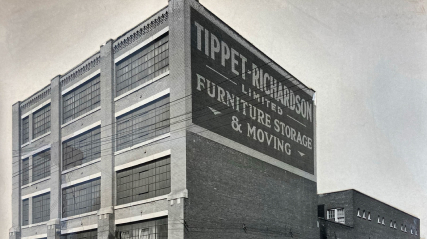In the early 1700s, the maple leaf had been adopted as an emblem by French Canadians along the Saint Lawrence River
It slowly caught on as the national symbol of Canada by 1868, and was added to the Canadian coat of arms in 1921
The image chosen for the Canadian flag is a generic maple leaf representing the ten species of maple trees native to Canada—at least one of these species grows natively in every province.
WHAT ELSE HAS BECOME A SYMBOL OF CANADA?
The INUKSUK (INUKSHUK)
It is a figure made of piled stones or boulders constructed to communicate with humans throughout the Arctic. Traditionally constructed by the Inuit, they are integral to their culture and are often intertwined with representations of Canada and the North. Besides their origin in the Artic, all of Canada embraces the symbol.
Practical functions included guides for hunting and navigational aids, coordination points and message centres. The Inuksuk has taken on symbolic meanings of welcome, friendship and leadership. Souvenirs, amulets and sculptures by artists are displayed in many areas.
TIPPET RICHARDSON PROUDLY WAVES THE CANADIAN FLAG AND RELATES TO AN INUKSUK…
Tippet Richardson is a proud Canadian firm. The TR network across Canada (and into the United States), has been an integral part of an ever-growing population for the second largest (land mass) country in the world.
TR represents the pride of all provinces and territories which make Canada whole and natural. Routes created into the wilds of Canada were useful for people pioneering, settling in to new territory and became very useful for the relocation of household goods. Tippet Richardson has been part of the venture since 1927.
Planning on moving anywhere in Canada or North America, use the knowledge of a firm that’s been part of the pathway.





